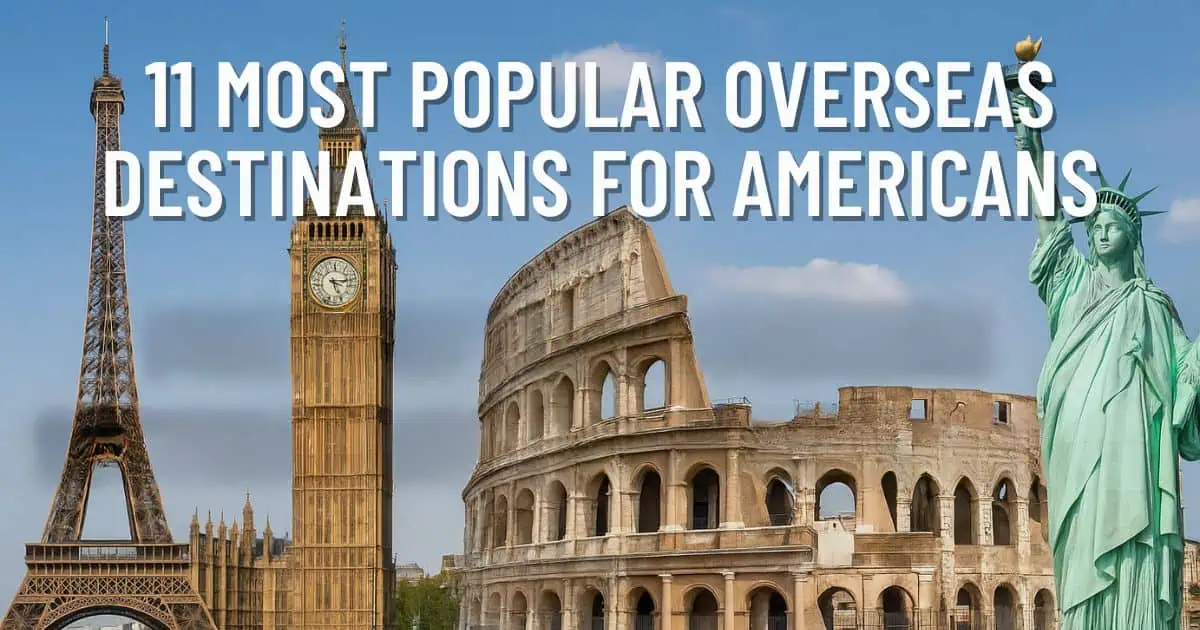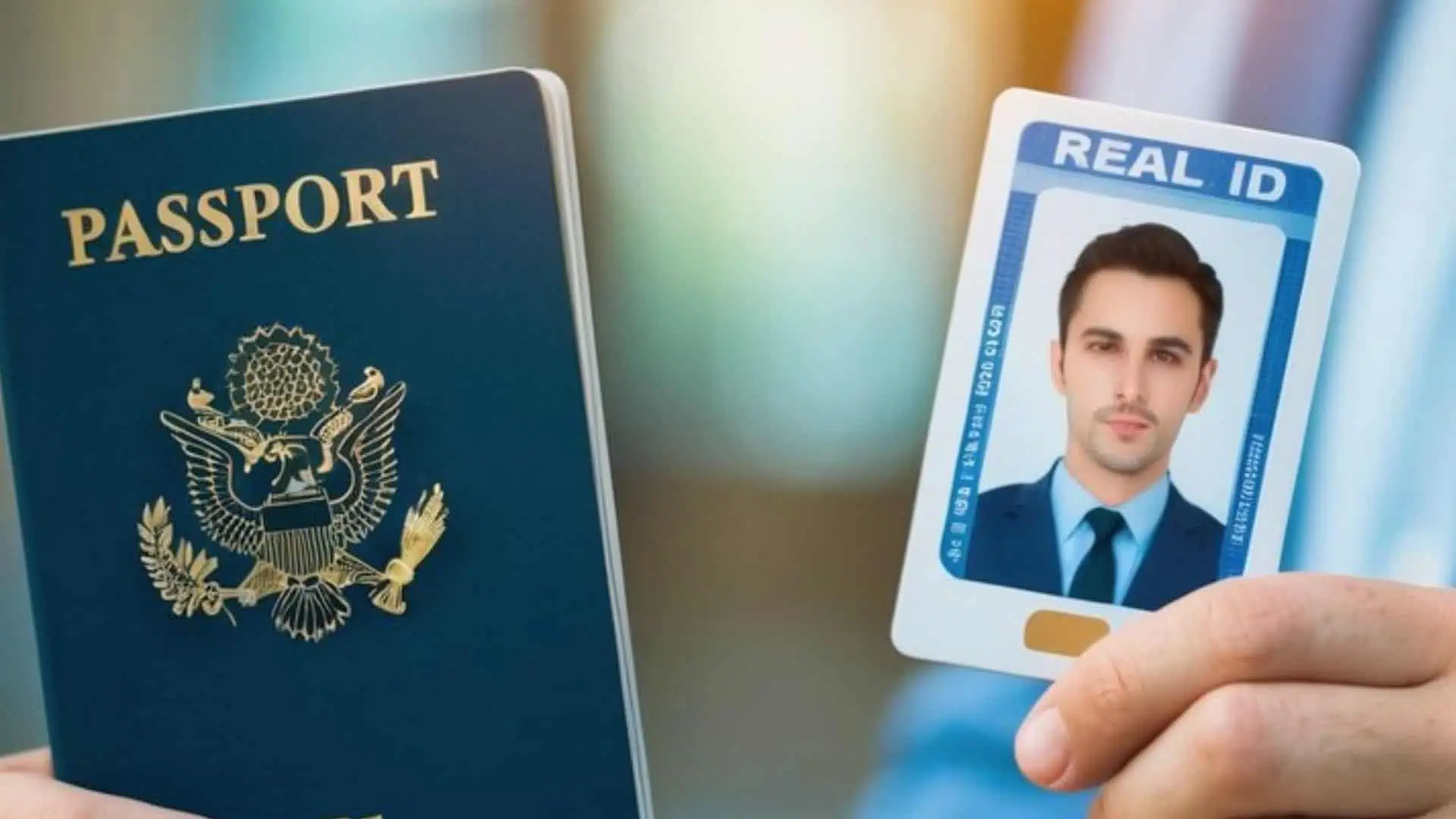Airline food can be pretty bad these days. Actually, it may not be available at all on some airlines, and even if it is, you may have to pay a crazy amount for something you wouldn’t feed to your cat. It is no wonder then that people may decide to take their own food on a plane with them in their carry on luggage.
You should remember that restrictions apply to what you can take through airport security, and not necessarily what you can actually take on board the plane with you.
For example, if there are stores at the airport, after passing through airport security, then you can buy anything there to take on board with you (water, drinks, snacks, sandwiches etc). So bear this in mind.
Contents
What food can you take through airport security?
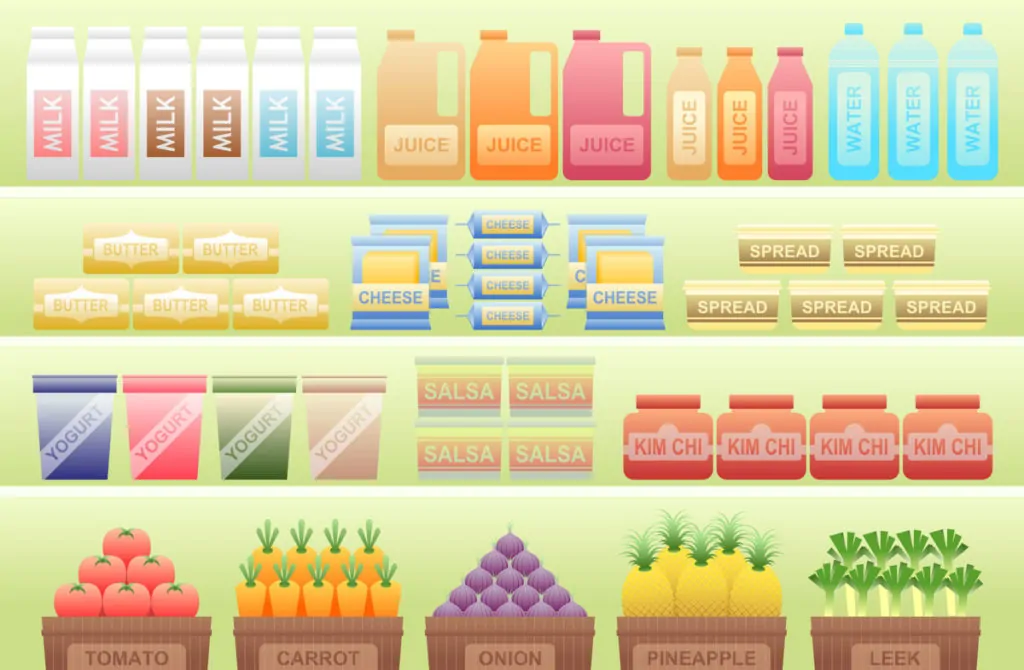
The Transportation Security Administration allows you to take the following types of food through airport security in your carry on bag and on a plane, mostly without restriction:
- Bottled water, but only if less than 3.4oz/100ml so probably not worth bothering with. You can of course buy water after the security checkpoint
- Bread
- Candy, provided they are not considered a liquid. So things like hard candy, chocolate etc would all be allowed.
- Canned foods, but only if less than 3.4oz/100ml under the liquids rule
- Cereal
- Cheese. If solid cheese then yes. If cream cheese then that would be classed as a liquid so must be less than 3.4oz/100ml
- Coffee, if beans or ground
- Cooked meat and seafood
- Cookies
- Crackers
- Cranberry sauce
- Creamy dips and spreads, if but only if less than 3.4oz/100ml
- Dried fruits
- Fresh eggs
- Fresh fruit and vegetables. (Passengers flying from Hawaii, Puerto Rico, or the U.S. Virgin Islands to the U.S. mainland cannot take most fresh fruits and vegetables. This is due to the risk of spreading invasive plant pests.)
- Fresh meat and seafood. You should be aware though that if the food is packed with ice or ice packs in a cooler or some other container, then the ice or ice packs must be completely frozen when going through airport security. If they are even partially melted and have any liquid at the bottom of the container, they will not be permitted.
- Frozen food. If the food is packed in a cooler or some other container, then the ice or ice packs must be completely frozen when going through airport security. If they are even partially melted and have any liquid at the bottom of the container, they will not be permitted.
- Gravy. Yes if in powder form but if liquid then only if less than 3.4oz/100ml
- Gum
- Honey, but only if less than 3.4oz/100ml
- Ice cream, yes, but why would you? If any has melted it will be treated as a liquid.
- Jam and jelly, but only if less than 3.4oz/100ml
- Live lobsters. Incredibly yes, but in my opinion, it should not be allowed due to cruelty (unless it is a pet perhaps)!
- Maple syrup, but only if less than 3.4oz/100ml
- Nuts
- Oils and vinegar, but only if less than 3.4oz/100ml
- Potato chips
- Peanut butter, but only if less than 3.4oz/100ml
- Pet food, solid and dried
- Pet food, wet, liquid or cream form but only if less than 3.4oz/100ml
- Pies and cakes
- Pizza
- Protein powder, protein bars, energy bars
- Salad dressing, but only if less than 3.4oz/100ml
- Salsa and sauces, but only if less than 3.4oz/100ml
- Salt
- Sandwiches
- Snacks/dry snacks (assuming they are not liquids or gets)
- Solid foods
- Soups, but only if less than 3.4oz/100ml
- Spices (dried)
- Tea (tea bags or loose leaf tea)
- Yogurt, but only if less than 3.4oz/100ml
Notes
Any food items above that may be subject to the TSA liquids rule of being less than 3.4oz/100ml must be carried through airport security in a quart-sized bag together with any other liquids (toiletries, perfume etc) and only one liquid bag is allowed per passenger. See our full explanation of the 3-1-1 liquids rule.
Although the above food items are allowed, you may find that, due to other security concerns, some TSA agents require food to be subject to additional screening after passing through the airport security x-ray machine.
This is the current full food list on the TSA website
Can you take baby food on a plane?
If you are traveling with a baby or a toddler then the liquid rules relating to baby food are relaxed.
You may take reasonable quantities of baby food on a plane as well as baby formula, sterilized water, juice and breast milk, which is allowed through the checkpoint, in your carry on and on the flight with you.
These do not have to go in the same quart sized liquids bag as other items but it is advised to have them all in one bag to show to the security agent easily when passing through TSA security checkpoints. You can ask for these to be screened separately.
Passengers with nut allergies
If you bring nuts on board with you in your hand luggage, which can be in any form, even a chocolate bar containing nuts then there may be a passenger on board with a severe nut allergy (which can be fatal).
If this is the case then the cabin crew will make an announcement at the start of the flight telling you that such a person is on board and ask everyone on board not to eat or even unwrap any food item containing nuts.
This has happened to me a number of times when flying and, ironically, it always seems to happen on the few times I do take food with me to eat that contains nuts.
What foods are you not allowed to take in carry on?
Well nothing really provided they are solid food items. Any food item which is liquid, or which may be considered a liquid, will be subject to the liquids rules as detailed in the above list. Apart from that, you can take anything.
Because of the strict rules regarding liquids, if you want to take soft drinks (soda, juice, water etc) on board with you then it would be best to buy them in a shop at the airport after you pass through the TSA security checkpoints. You can take liquids over 3.4 ounces/100ml onto the aircraft with you provided they are purchased after security.
I am not aware of any airlines which will not allow you to take your own food on a plane to eat but it may be worth checking your airline’s website to see if they are an exception.
Even if there are some airlines that will not allow your own food to be consumed on board this would not apply to anyone who had food allergies or any particular dietary restrictions.
There is nothing to stop you from bringing foods with a very strong scent or spicy foods to eat on board.
However, please be aware that the smells may not be very nice for other passengers around you to smell. So be considerate of what you take with you.
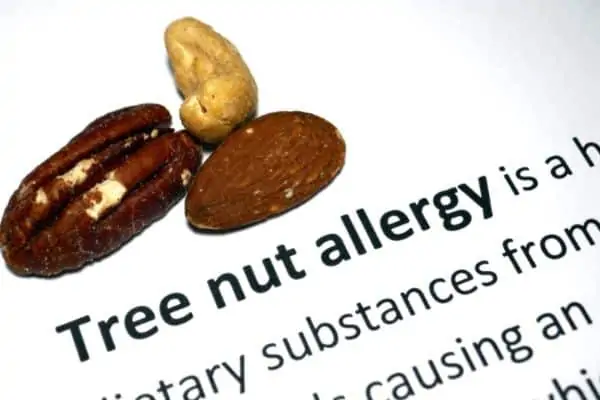
Can you take food on a plane in your checked bag?
You may carry any foodstuff in your checked bags apart from alcoholic beverages which are over 140 proof (70% ABV). So if there are foodstuffs that you simply cannot live without while you are on your trip then you will be happy.
If you are traveling internationally you should check what restrictions there may be on foodstuffs being taken into the country you are traveling to.
Can I bring food on a plane on an international flight?
Really you can take the same food on board as on domestic flights as long as you are going to eat it on board before you arrive at your destination.
If you intend to take it into the country you are traveling to then there may be restrictions. Many countries (including the US) have policies restricting things like meats, fish, fruits, vegetables, and some cheeses because of the potential for spreading insects or diseases.
Whether the food is allowed into a country or not, it is likely that you will have to declare all foodstuff you have with you on a customs declaration.
These forms will normally be given to you to complete by the cabin crew before you land. If you don’t declare something, even if it is allowed, may result in a fine and/or confiscation.
Australia is particularly strict on what foodstuffs it allows in the country. I remember a passenger in front of me once at Australian customs who was fined quite heavily for having an apple core in his bag. The apple was given to him to eat by the cabin crew and he just put the core in his bag when he had finished!
This passenger was fined $1874 when a sniffer dog at Darwin airport in Australia discovered two egg and beef sausage McMuffins and a ham croissant in his backpack that he hadn’t declared.

So look up the customs rules for the country you are traveling to find out what specific rules they may have before you travel.
The “MyTSA App”
The TSA now has an app you can download that works with both Apple and Android devices which, as well as other useful information, allows you to find out if a specific food item can be taken through security.
You can download the app here – MyTSA App
Here are some examples of responses to questions asked by passengers relating to taking different types of foods on a plane:
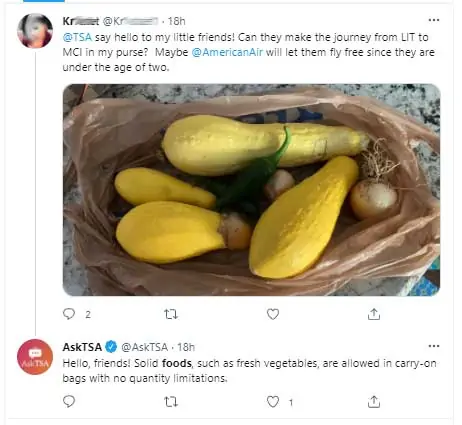
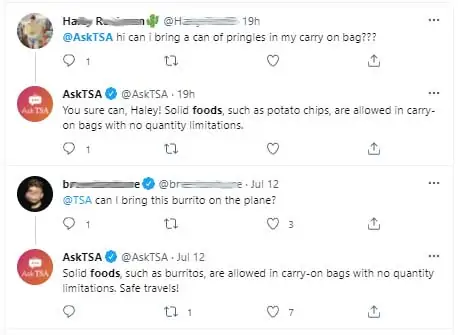
Summary
Can you bring food on a plane? You are allowed to bring many different types of food through airport security in your carry on, either to eat during the flight or to take to your destination. Solid foods are fine but some foodstuff, such as gels, may actually be considered a liquid under the TSA rules.
FAQs
Can you bring food in Ziploc bags on a plane?
You can bring food in Ziplock bags on a plane with you provided that the food is permitted to be taken through the TSA security checkpoint ie it should not be in liquid or gel form
Can I eat my own snacks on a plane?
You can eat your own snacks on a plane as most airlines do not restrict the consumption of food brought onto the aircraft. These can be snacks brought through security or purchased in stores at the airport after security.
Can you bring food in Tupperware on a plane?
You can bring food on a plane in Tupperware, provided the contents are not considered a liquid by the TSA. Packing food this way is actually a good idea to prevent it from being squashed in your bag.
Can I bring gummy bears on a plane?
All types of solid or soft candy, including gummy bears, can be taken on a plane in either your carry on luggage or your checked baggage
Can I bring a peanut butter sandwich on a plane?
You can bring a peanut butter sandwich on a plane to eat during the flight. However, you should be aware that if there is a passenger with a nut allergy on the flight they may make an announcement asking you not to eat foods containing nuts.
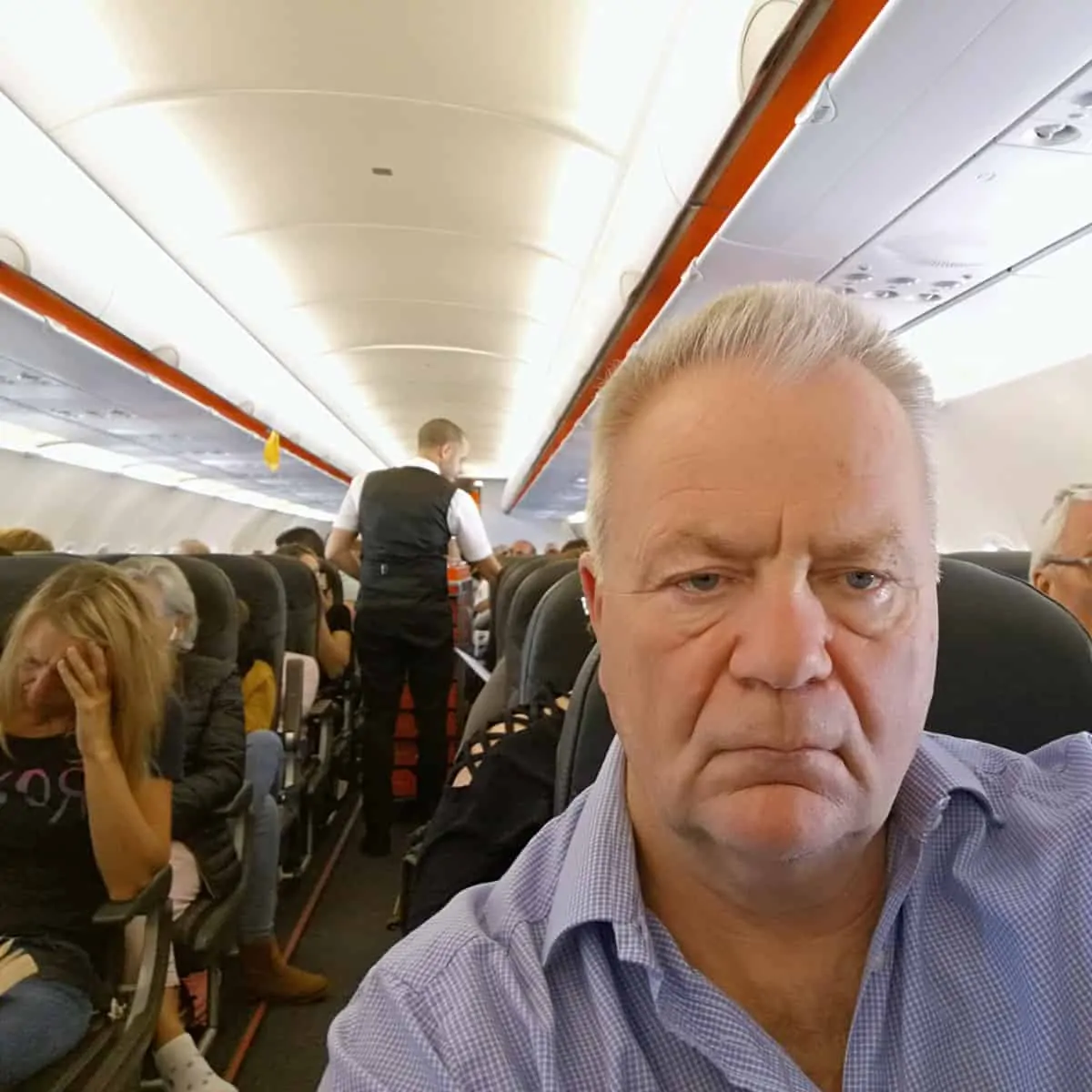
I have been traveling around the world by air since the early 70s and living overseas too. I worked for British Airways for a number of years and I am also a private pilot. About Me
